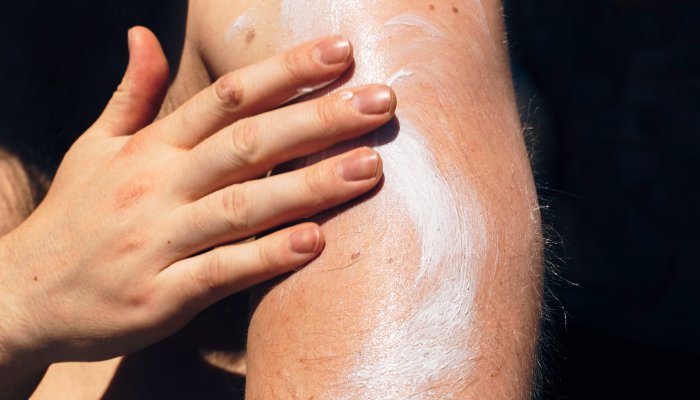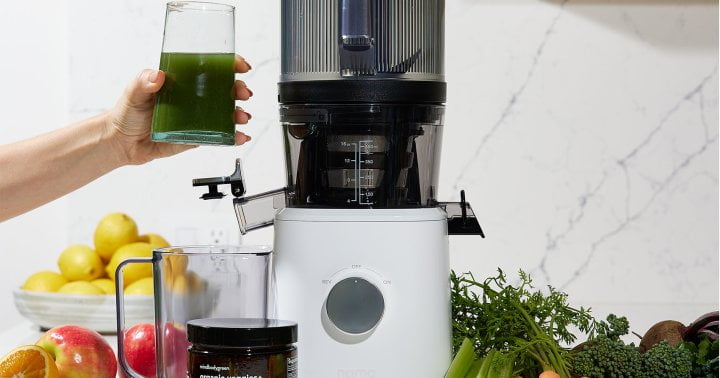The EWG Just Dropped Their 2021 Sunscreen Guide: 4 Things You Should Know

Both UVA and UVB rays can be harmful to the skin, and a good sunscreen will protect against both. Let’s not forget: UVB (which is tied to the SPF value on sunscreen labels) damages the outermost layers of the skin and is associated skin inflammation and sunburns, while UVA rays can penetrate more deeply into the dermal layer and cause free radical damage and oxidative stress by damaging collagen.
The European Union requires a proportional amount of UVA and UVB protection on sunscreen labels, with all sunscreens offering UVA protection at least one-third as potent as the SPF. (Example: If a label boasts SPF 30, the UVA protection must be at least 10.) And according to the EWG, the United States simply misses this mark—in fact, a 2017 study tested 20 common U.S. sunscreens and found only 11 met this EU criteria.
That’s not to say there aren’t any sunscreens that adequately protect against UVA and UVB rays in the U.S. market—you just have to actively seek them out on your own (catch our recs, below) until more stringent regulations are put into place.
In terms of the types of UVA filters out there, the only FDA-approved ingredients are avobenzone and zinc oxide (and we recommend the latter). Europe includes a few more in that list—namely, Tinosorb S and Tinosorb M, regarding both ingredients as sunscreen-safe in concentrations of up to 10 percent. The EWG urges the FDA to consider these adds, as they appear to be more effective and stable than avobenzone, although more research is needed before the FDA can make the call.
This article was originally published by mindbodygreen.com. Read the original article here.




